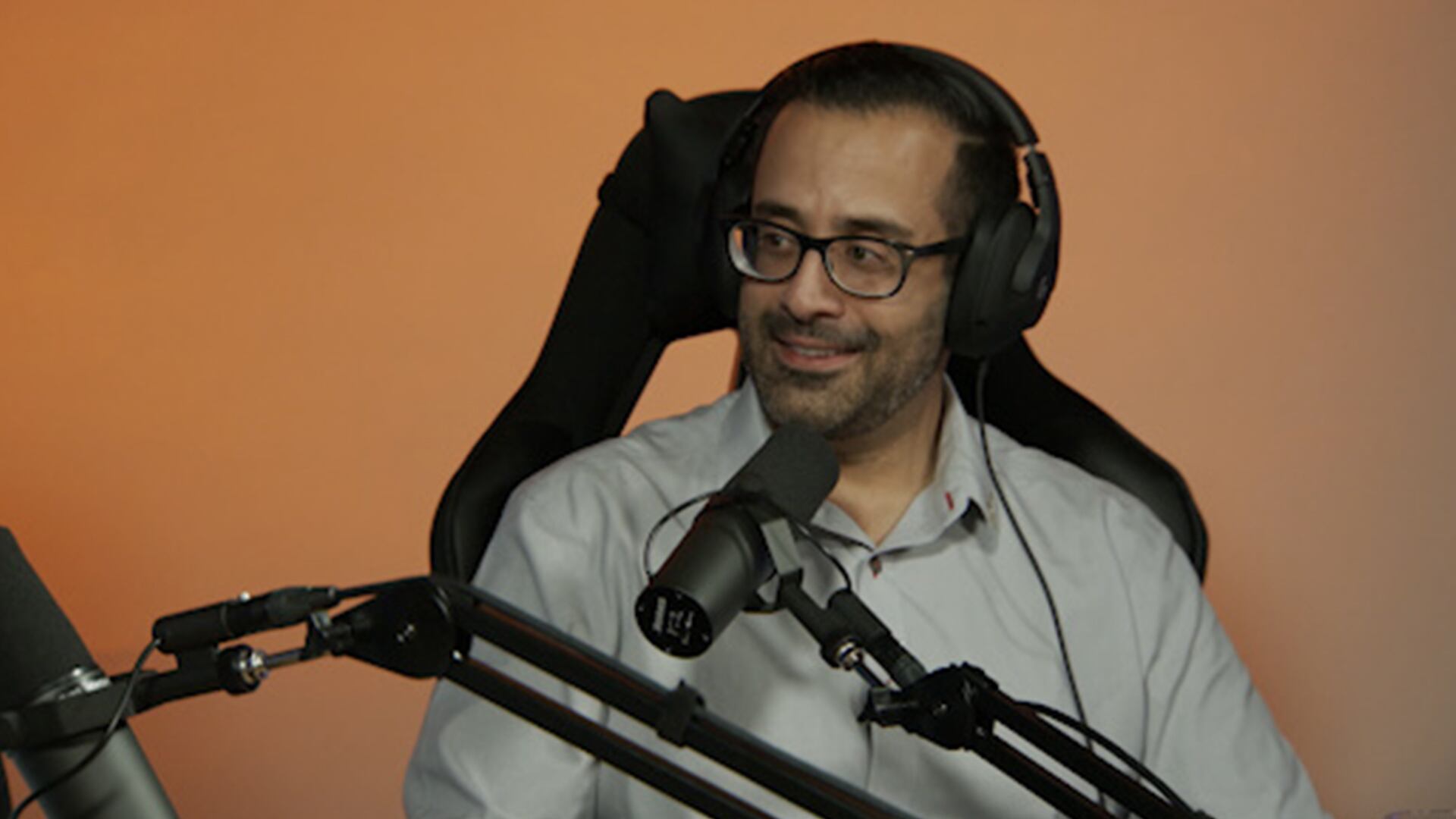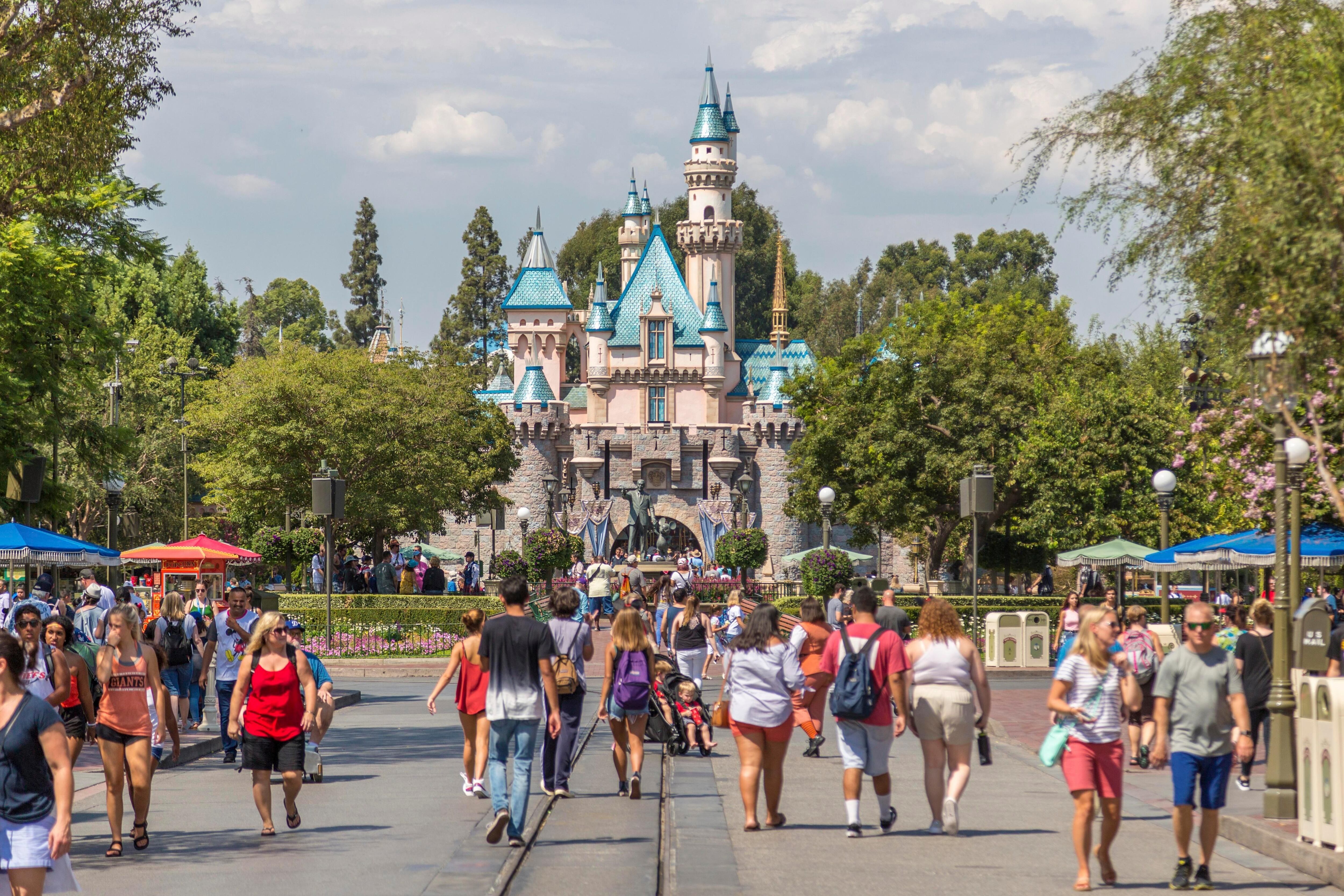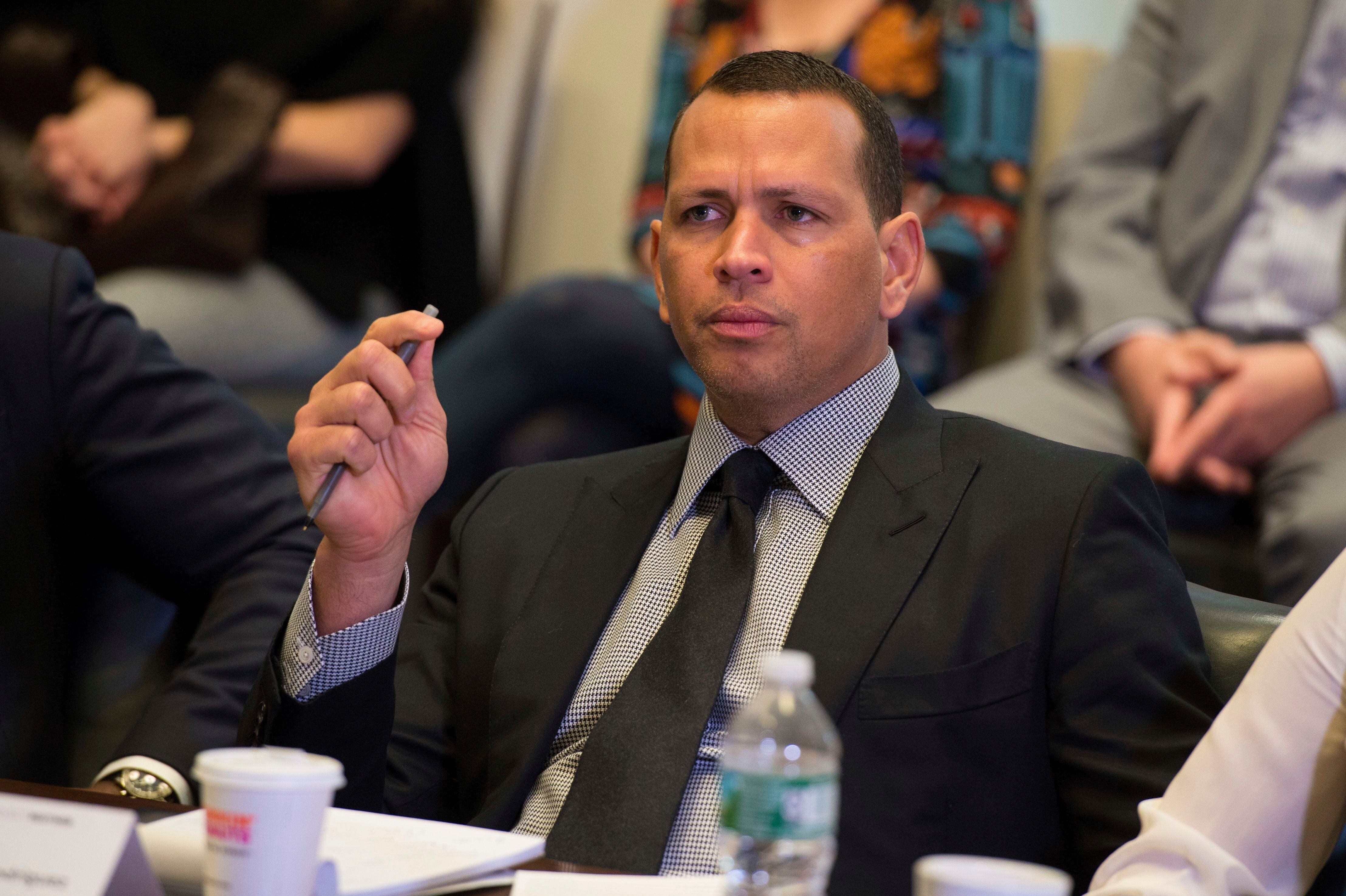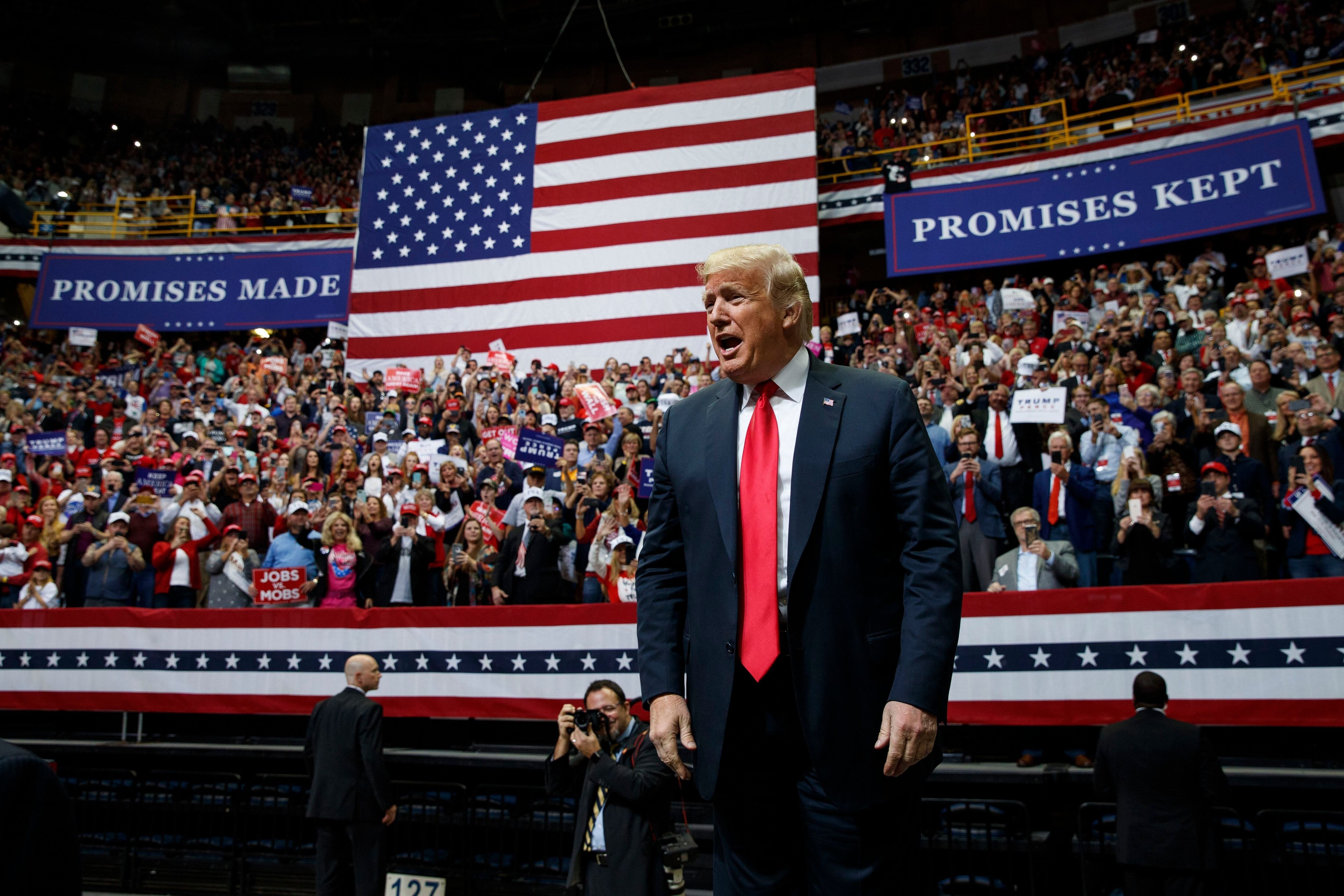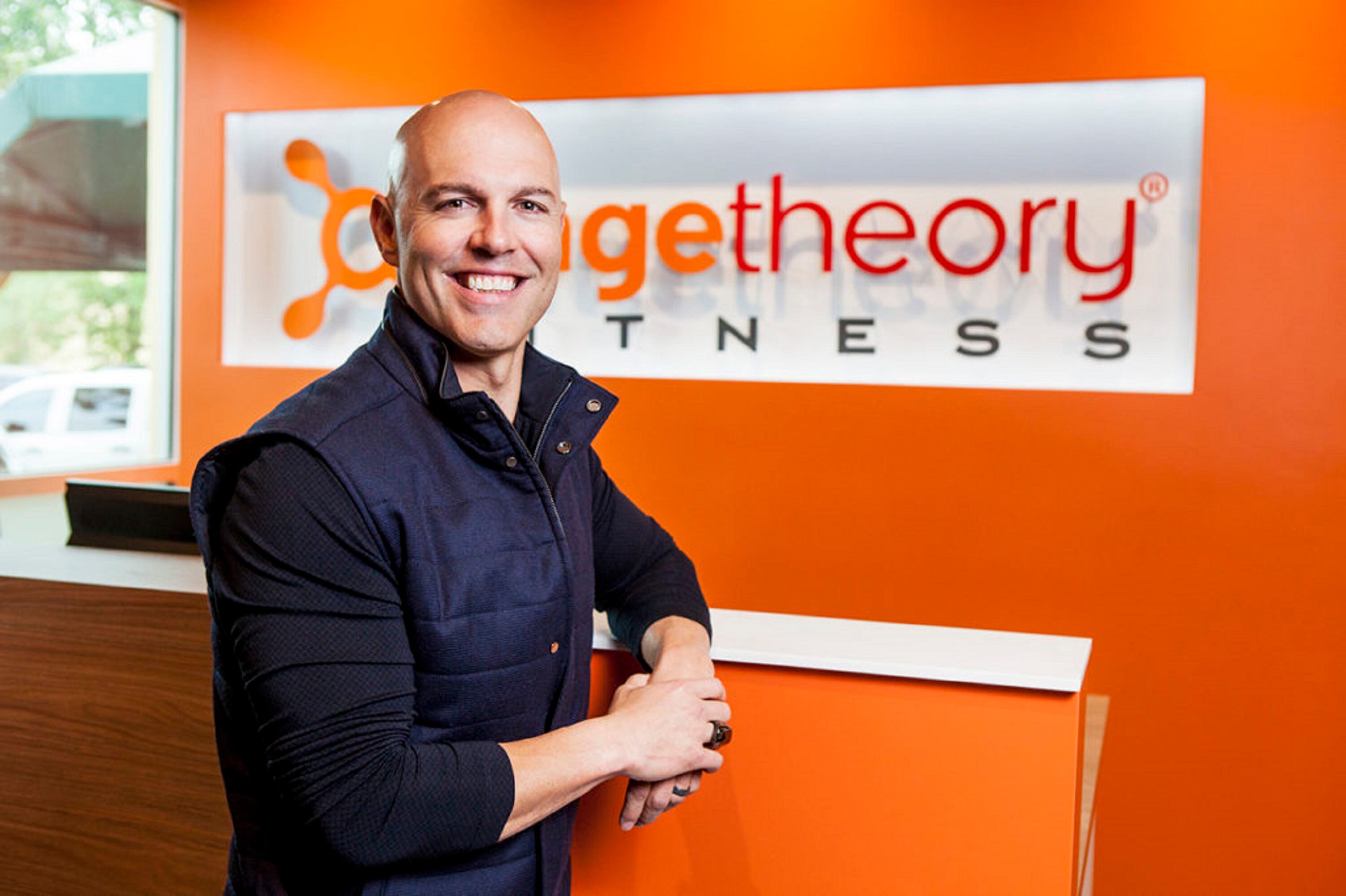By Jenna Fryer
The Indianapolis 500 is the one race Josef Newgarden desperately wanted to win.
It's basically the only race that matters to his boss.
Coming up empty for 11 consecutive years had become personal for the two-time IndyCar champion.
Newgarden finally broke through Sunday, though, winning the Indy 500 to extend team owner Roger Penske's record to 19 victories — and the first since he bought Indianapolis Motor Speedway. Newgarden did it with an audacious pass of defending race winner Marcus Ericsson during a frantic, controversial 2.5-mile sprint to the finish.
“We've had a tough go here the last three, four years, and we've had a lot of questions to answer every day, after every qualifying weekend. We've had to come out and put on a brave face,” Newgarden said. "It's just not an easy place to succeed at. I don't necessarily subscribe to the fact that if you don't win the 500, your career is a failure.
“But I think a lot of people view this race and this championship with that lens," Newgarden continued. "The 500 stands alone and if you are not able to capture one, the career really is a failure.”
After the race was red-flagged for the third time in the final 16 laps, Newgarden was moved from fourth to second by race control following a review of the running order at the time the yellow flag waved.
He took advantage of his improved position to slingshot around Ericsson on the restart and hold him off from there.
Newgarden brought his Chevrolet-powered car to a stop on the front stretch, jumped out and found a hole in the fence, diving into part of a crowd estimated at more than 300,000 to celebrate. Then, Newgarden climbed the fence to mimic longtime Team Penske driver and four-time Indy 500 winner Helio Castroneves.
The 32-year-old from Nashville is the first American to win the Indy 500 since Alexander Rossi in 2016. He led five of the 200 laps and beat Ericsson in the fourth-closest finish in 107 years with a margin of victory of .0974 seconds.
“I'm just so thankful to be here. I started out as a fan in the crowd, and this place is amazing, regardless of where you're sitting,” Newgarden said after pouring a bottle of whole milk over his head. “Everyone kept asking why I hadn't won this race, and they look at you like you're a failure if you haven't won it. I knew I was capable. I knew I could.”
Ericsson finished second in a Honda for Chip Ganassi Racing, and he immediately criticized IndyCar's decision to hold a one-lap shootout to the checkered flag. The Swede believed the race should have ended under caution, with him the winner, rather than having the green flag fly on the first lap out of the pits.
“I think it wasn’t enough laps to go to do what we did. I don’t think it’s safe to go out of the pits on cold tires for a restart when half the field is sort of still trying to get out on track when we go green," Ericsson said. “I can’t agree with that.”
Newgarden and Ericsson were followed by Santino Ferrucci, who gave 88-year-old A.J. Foyt his team's best finish in the iconic race that Super Tex won four times since Kenny Bräck reached victory lane in 1999.
Alex Palou, the pole sitter and race favorite for Chip Ganassi Racing, finished fourth after recovering from a crash on pit road, and Rossi was fifth on what was an otherwise disappointing day for Arrow McLaren.
What was on pace to be the fastest Indy 500 in history ended with three red flags in the final 16 laps.
The first came for a crash involving Felix Rosenqvist and Kyle Kirkwood, who were near the front of the lead pack. Kirkwood went upside down into the catch fence, beginning a terrifying, spark-filled ride through the short chute.
One of Kirkwood’s wheels sailed over the fencing and narrowly cleared the packed grandstand. Nobody was injured. His tire smashed the hood of a Chevrolet in a parking lot next to the grandstand.
“All I know is I was up in the fence, which is never a good thing in IndyCar. Thank God these cars are so safe,” Kirkwood said. “I saw sparks flying everywhere. That’s the scary part. You’re upside-down and you’re kind of stuck at that point.”
On the restart, Pato O’Ward — who already had a restart called off for setting too slow of a pace — was shuffled from first to third as Newgarden shot to the lead. O’Ward and Ericsson were then side by side entering Turn 3 and touched wheels, and O’Ward slid into the wall and out of the race in another disappointment for Arrow McLaren.
Agustin Canapino did a 360-spin behind him, snapping a break line. He was unable to stop and collided with O’Ward’s car.
“I was a little too nice there,” O’Ward said. “I just feel so bummed for the team. ... I got onto the apron to give (Ericsson) room. I got squeezed. Yeah, I won’t forget that.”
Suddenly, the race had its second red flag with six laps to go.
Last year’s race was red-flagged with five to go, when Ericsson was leading O’Ward to the finish. Ericsson held him off the rest of the way, and many criticized O’Ward for not making a more aggressive move for the win.
Newgarden didn't make the same mistake with Ericsson out in front of him.
As Newgarden crossed the yard of bricks, Penske and his entire executive committee jumped up and down in celebration on an elevated platform near the start-finish line. And for a moment, the 86-year-old team owner looked like a child filled with joy.
“The last two laps, I forgot about being the track owner and said ‘Let’s go for it,’” said Penske, who joined Newgarden in an open-top Chevy Camaro for a victory lap around the speedway. It was the first Indy win for a Team Penske driver since 2019, the year before Roger Penske bought the track.
“We always want to win this place, but 2019 was the last time that we had won and somebody else owned the place before,” Penske president Tim Cindric said. “I apologize it’s taken four years.”
Roger Penske's parking spot inside the speedway has been marked simply 18 for the last four years. Newgarden was still doing postrace media obligations and the spot had already been changed to 19.
“I think back about coming here in 1951 with my dad to see the first race of my own with him, and of course never realized that many, many years would pass and I would be here today, our family as the steward of the track, and also to have 19 wins,” Penske said.
AP Sports Writer Dave Skretta contributed to this repor


